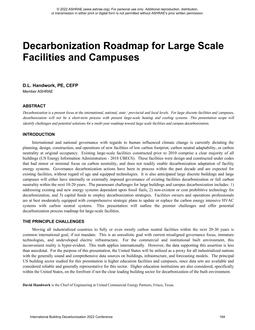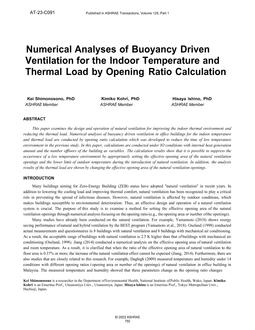
Bell Campus, Montreal, QC
Our firm, a design-build mechanical contractor, was chosen for a major construction project which consolidated a leading telecommunication company’s activities in a new campus located on Ile-des-Soeurs. Phase I, started in February 2007, consists of 600,000 sqft (55,740 sqm) of office space and was ready for occupancy by September 2008. The second phase adds another 240,000 sqft (22,300 sqm) and was ready for occupancy by February 2009. Both phases will welcome approximately 4,000 employees and have a total of 766,000 sqft (71,160 sqm) of underground parking which preserves the green space for which the area is renowned.
Simulation to MNECB reference shows a 37% cost savings to a comparable compliant building. This is despite the fact that the constructed building had a 77% window-to-wall ratio, which was a major hurdle to overcome when trying to optimize energy efficiency. Nonetheless, real-life building trends show that no additional external heat (from the boilers) is required until outdoor temperatures fall below 14 F (-10 C).
We hope to demonstrate how an innovative amalgamation of technologies allows the building to achieve these efficiencies in real life and to operate with high comfort and efficiency despite the apparent disadvantage of the glazing in a cold climate like Montreal.
While many innovative technologies were incorporated into the design, the core of the system was designed around the hydronic loop, which connects all systems. The hybrid heat pumps used have a flooded condenser, which allows for efficient heat exchange with hydronic loop temperatures up to 120F (48.8 C): however, for this project the heating requirements were designed with a loop temperature of 104F (40 C) maximum. This low-grade heat is sufficiently warm to allow for direct heating, without the use of compressors.
Although airside economizers have their place in the gamut of energy efficiency strategies available to designers, we believe that in Northern climates, where heating loads dominate the building’s energy use profile, free-heating strategies are more appropriate than free-cooling ones. Hence, other technologies incorporated in the design include active heat recovery on the dedicated outdoor air ventilation systems.
We will also show how the ventilation strategy for underground parking garages allows for coupling with the low temperature hydronic reclaim loop.
Product Details
- Published:
- 2012
- Number of Pages:
- 5
- File Size:
- 1 file , 430 KB
- Product Code(s):
- D-CCC12-39
- Note:
- This product is unavailable in Russia, Belarus


